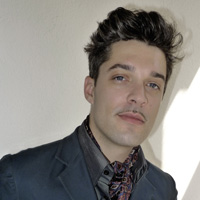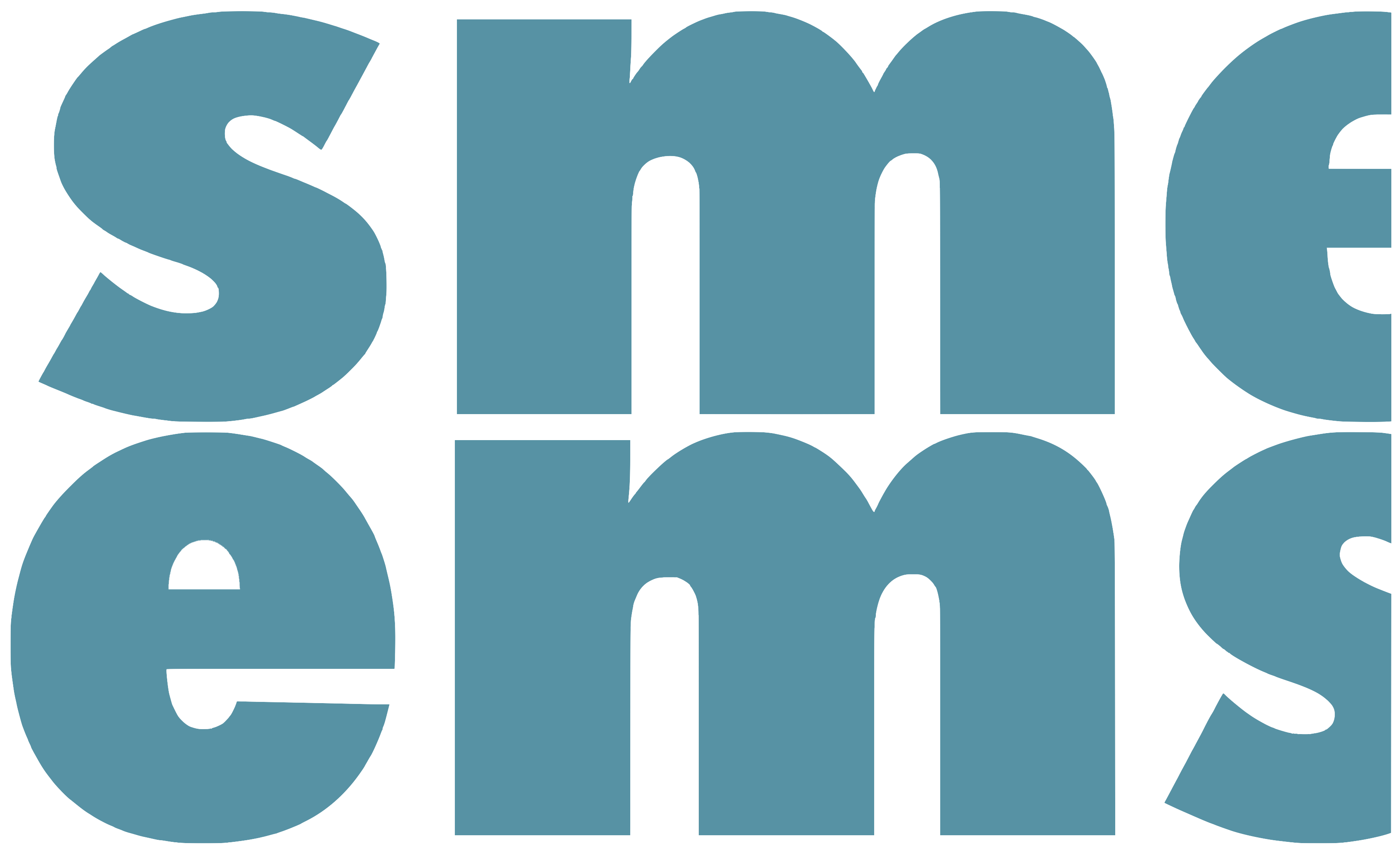Schiefer Benedikt Wolfgang
(20. 07. 1978)
Schiefer Benedikt Wolfgang
Kraftstrasse 17
CH-4056 Basel (BS)
Schweiz
info@benediktschiefer.de
Mobile: +41 (0)78 673 96 58
www.benediktschiefer.de
Kraftstrasse 17
CH-4056 Basel (BS)
Schweiz
info@benediktschiefer.de
Mobile: +41 (0)78 673 96 58
www.benediktschiefer.de
Genre: Classical Music
Biography
* 20. 07. 1978.
Benedikt Wolfgang Schiefer was born in Rosenheim. He works as a freelance composer, producer and sound artist in Basel. He studied composition at the Richard Strauss Conservatory in Munich under the tutelage of Wilfried Hiller and then under Georg Friedrich Haas and Erik Oña at the Hochschule für Musik in Basel.
His list of works encompasses compositions with and without live electronics for soloists, ensembles and orchestra, as well as electroacoustic and acusmatic music and its diffusion and spatialisation. His work traverses and includes collaborations within the auditory, audiovisual and performative fields in order to deal with perception and its associated phenomena. In addition to his artistic activities, Schiefer also works in the field of research and development at the Basel Hochschule für Musik's Elektronischen Studio Basel (ESB).
Benedikt Wolfgang Schiefer was born in Rosenheim. He works as a freelance composer, producer and sound artist in Basel. He studied composition at the Richard Strauss Conservatory in Munich under the tutelage of Wilfried Hiller and then under Georg Friedrich Haas and Erik Oña at the Hochschule für Musik in Basel.
His list of works encompasses compositions with and without live electronics for soloists, ensembles and orchestra, as well as electroacoustic and acusmatic music and its diffusion and spatialisation. His work traverses and includes collaborations within the auditory, audiovisual and performative fields in order to deal with perception and its associated phenomena. In addition to his artistic activities, Schiefer also works in the field of research and development at the Basel Hochschule für Musik's Elektronischen Studio Basel (ESB).
Work list
Stern (2004)
Instrumentation: for violin and piano
Duration: 10' 30"

Kanon (2006)
for violoncello solo and live electronics (ambisonic setup, min. 4 loud speakers)
"Kanon" is based on the overtone series of the cello strings C - G - D - A and works with each string's natural flageolets. The cello signal is picked up by the microphone and turned into a canon using an algorithm created expecially for this piece.
Duration: 7' 30"

"Kanon" is based on the overtone series of the cello strings C - G - D - A and works with each string's natural flageolets. The cello signal is picked up by the microphone and turned into a canon using an algorithm created expecially for this piece.
Duration: 7' 30"

TON (2007)
Instrumentation: for ensemble (1.1.1.1/1.1.1.0/2perc/hp.pf/2.1.1.1)
"TON" is actually a passacaglia within which the bass can not initially be heard ... E - Eb - D - C# are the key notes in this piece, modulating within their partial tones throughout the different voices while the progression is defined by the upward trend of the voices (partial tones). When looking at the intervals' overtone structure up to the 16th partial tone and then putting the overtones into an order from low to high frequencies, a series evolves which is very much like an overtone series itself - though having smaller intervals towards the heighs. From the 12th partial onwards the key notes modulate chromatically to the low: E - Eb - D - C#.
While the high voices continue to go higher, ever searching for the next tone pitch, the bass (being the fundament) stays within the realm of the chromatic world.
Within the world of micro tones, the spectrum glides upwards like a filter independently of the 12 tone system, but remains connected to its origin. An investigation of the phenomenon "sound". Something continuously changing and at the same time persisting because of these changes.
Laozi, Tao The King, 11:
Therefore, what has a (positive) existence serves for profitable adaptation, and what has not that for (actual) usefulness.
Duration: 10' 00"

Kadenz (2007)
Instrumentation: for 2 celli, double bass and harp
Duration: 9' 00"

Signal (2009)
Instrumentation: for horn in F and live electronics (ambisonic setup)
Duration: 12' 00"
Manuscript
Grave (2009)
Instrumentation: for piano
Duration: 6' 20"

TRUO (2009)
Instrumentation: for e-guitar, baritone saxophone, percussion and live electronics
Duration: 10' 00"
Manuscript
Last updated: 2024-11-23 11:13:06